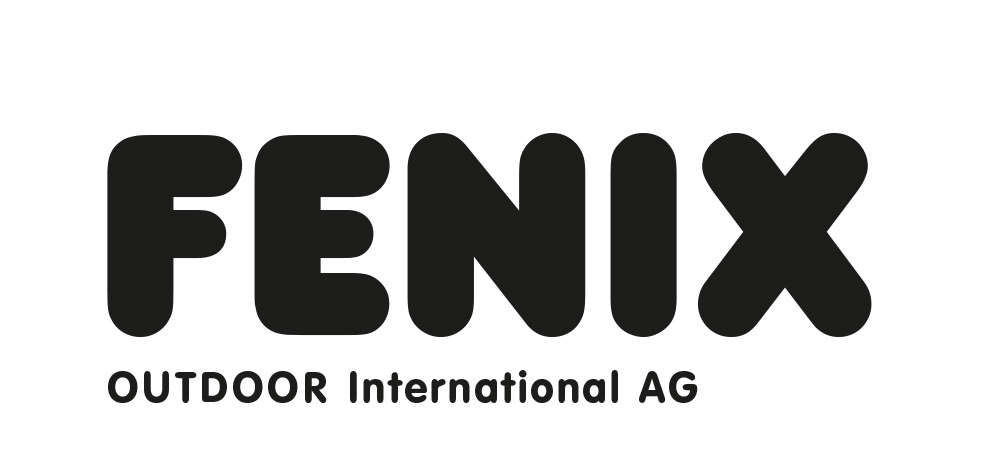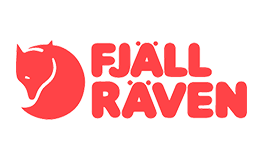Lahti Pelicans a Kånken Youth Retention Award success story

Every year, the Alliance of European Hockey Club, and its partner, Fjällräven, grant one youth hockey club in Europe a €10 000 prize for their work in developing and retaining young boys and girls in the sport.
Last year, the prize went to the Lahti Pelicans in Finland, a club that runs a successful junior system, but one that also has another track for kids who, for one reason or another, don’t want to join a team in a competitive league.
“All teams want to have successful junior teams but for us, it’s always been important to make sure that we won’t forget the kids who don’t want to play competitive hockey,” says Ari Suomalainen, the executive director of the Junior Pelicans.
“Mostly boys but we do have more girls on the hobby teams than in the competitive teams,” he adds.
For them, the Pelicans have established an alternative track, hobby teams that practice once a week on the ice and once off it. And occasionally, they play a game against another hobby team or a younger Pelicans junior team.
“It can be a challenge to find teams to play against, but especially the older kids can then play against adult hobby teams,” Suomalainen says.
Even if the Pelicans – and especially the seven-year-old Junior Pelicans – are a young club, Lahti’s hockey roots reach way back. In fact, the first Finnish champion, Vyborg Reipas relocated to Lahti after the 1944 war and changed its name to Lahti Reipas in 1962.
The game grew, as elsewhere, first in the outdoor rinks around town, but even as the players took the step inside, the Lahti team (regardless of its name) has always understood the importance of sports as a way of raising kids.
According to Suomalainen, the Pelicans now have a hobby team for kids of all ages, ranging from eight to 20, with two birth years forming one team.
“We now have five teams, with a varying number of players. Each team has its own coach, too. Just like with the players, the coaches are people who love the game and coaching. Also, we try to keep the infrastructure light,” Suomalainen says.
And, especially for the younger boys and girls, the hobby team may ignite a spark that leads to playing for competitive teams. And it’s the same for coaches.
“We’ve seen players play in a hobby team all the way up to the U13 and have then played in Finnish top U16 or U18 leagues,” Suomalainen says.
The reasons for joining the hobby team instead of a more competitive one vary, says Suomalainen.
“Some kids may play other sports so they don’t have time for another competitive sport, others may take the route for financial reasons,” he explains.
The Pelicans used their prize money for educating their hobby team coaches, for the recruitment of players and for promoting the hobby teams.
“It’s heartwarming to see how happy an 18-year-old player is when he puts on the full equipment and the team sweater for the first time. He may have played with his friends before, but suddenly he feels like a real player.
“Even if a kid doesn’t want to or can’t play in the top teams when she or he reaches the late teens, their love for hockey can still go on,” Suomalainen concludes.
The deadline for this year’s application for the Kånken Youth Retention Award application period is March 25.









